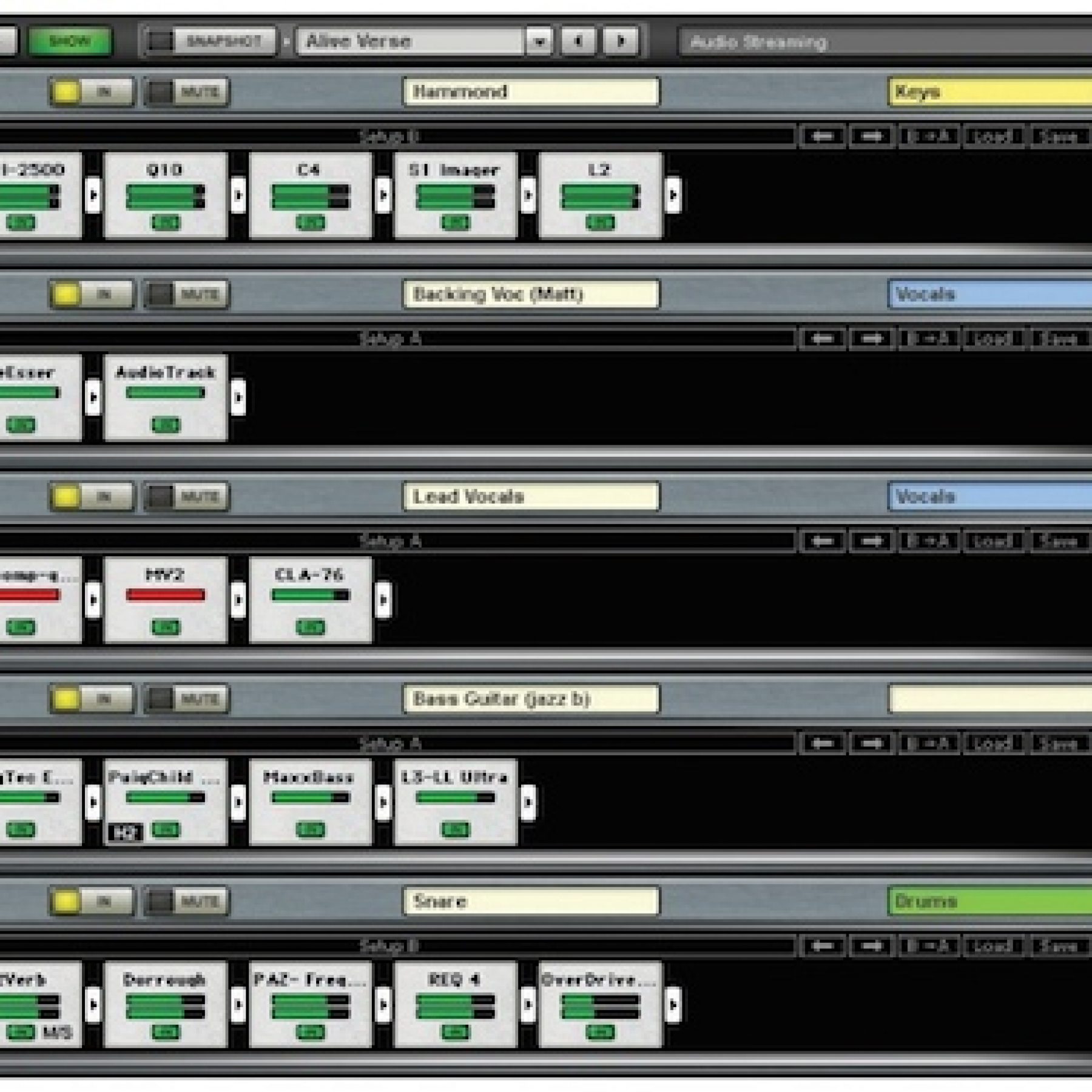

Like bob274 already mentioned, the OS is not even 100mb in size and once loaded, it runs in RAM anyway. And if you're taking your server on the road, just flash a couple backup-sticks in advance. It's USB 3.1 and very compact, so you don't need to worry about accidentally bumping into it. I can recommend getting a 16GB SanDisk Ultra Fit. What did I miss? Can anyone shed light on this for me? Thank you all and anyone who replied. As a fact, it was exact same solution as you posted here. What did I missed! I googled a dozen web pages or so but the solution is still the same as here. Put the thumb drive into my server and it booted all the way which I was so happy! But in windows, Waves Soundgrid Studio could not find the device eventhough internet was running in both Windows and Server. Anyway, I was glad I found this post and thinking I could save it by following the Boot disk installation guide here. I thought I was going to send it to WAVES for service but thinking they might not do it because I breached the case. I had it's BIOS updated and it stopped booting properly. I had an original Waves Soundgrid Server. eject the USB stick and put it in your server navigate to C:\ProgramData\Waves Audio\SoundGrid Firmware\SGS

You'll get some warning dialogs, as well as some dialogs where you need to allow Rufus to download syslinux. select "Syslinux 6.04" from the "Boot selection"-Dropdown You don't need to click anything here, instead click on the "Boot selection"-Dropdown open Rufus and toggle "Show advanced drive properties" (below the "Partition scheme"-Dropdown). install the free SoundGrid Studio (or another Soundgrid application of your choice) So what's the best way to flash my own server? or better yet, an Unraid server with IOMMU passthrough? The OS itself only uses around 650mb and after filling up all 128 inserts in SGS my memory usage had increased only by 200mb.īy chance, has anyone tried this within a VM environment.

I checked the memory usage of my server by entering cat /proc/meminfo in the console. I've already mentioned it elsewhere, but unless you're mixing huge live shows you'll not benefit from more than 4GB at all. But to be clear: I don't recommend you go for such a low specced CPU.ĤGB of memory on the other hand is completely sufficient. When running the Soundgrid OS, you also need to connect a network cable at boot, or the system might get stuck in a loop until you have a network connection.įor 35€ I didn't expect much from the Celeron and yet it fairs surprisingly well (see attachment). The important thing to know about the Gigabyte B360N-WiFi is, that you need to disable one of the two LAN controllers in the BIOS. If all goes well, I'll be able to report back on v11 compatibility next weekend.Alright, it took quite a bit longer than planned, but my build was a success I just ordered a Gigabyte B360N-WiFi, 4GB RAM and an Intel Celeron G4930.


 0 kommentar(er)
0 kommentar(er)
